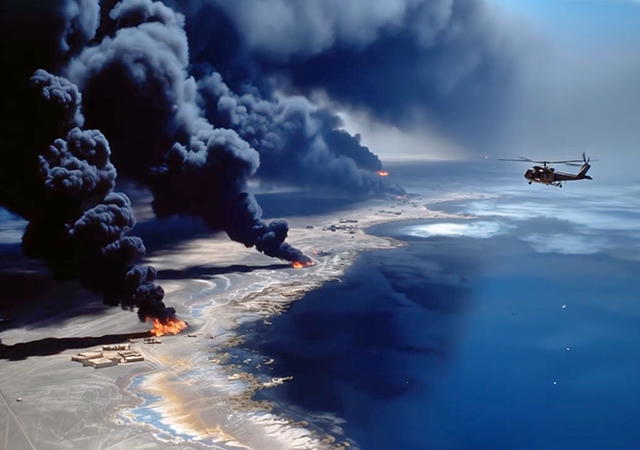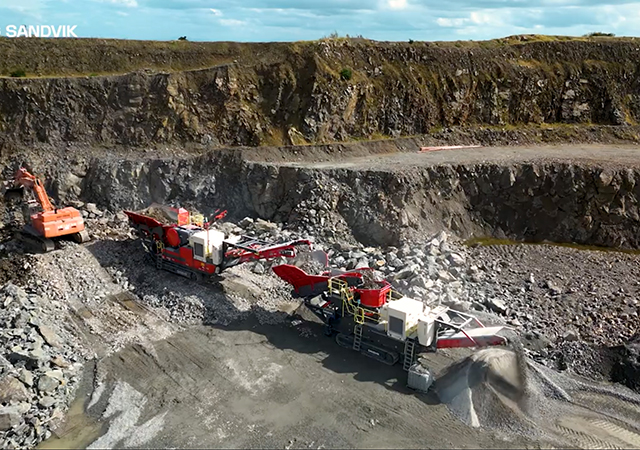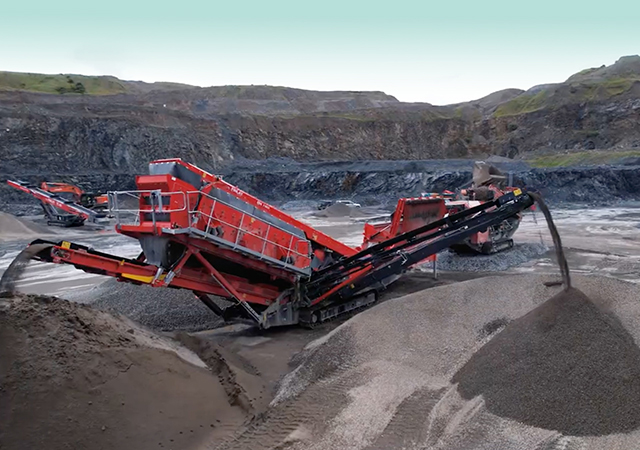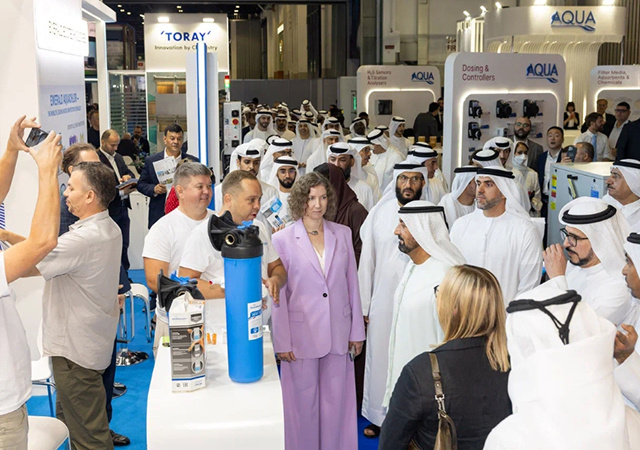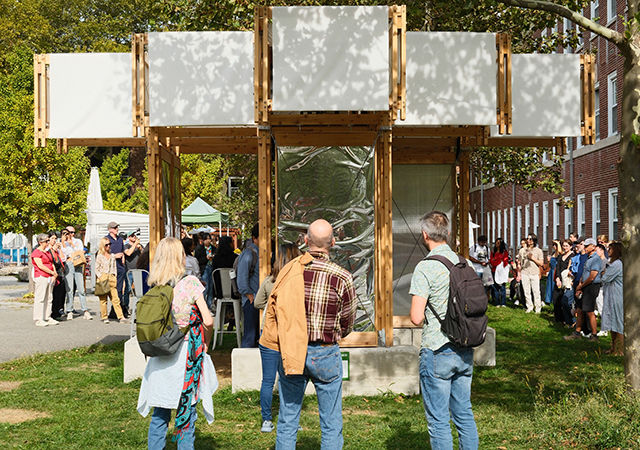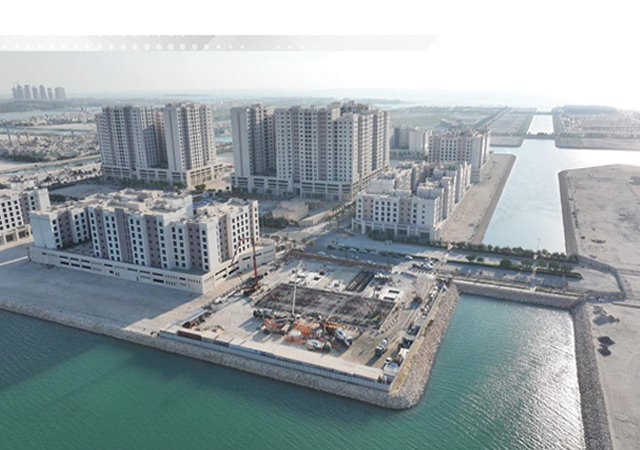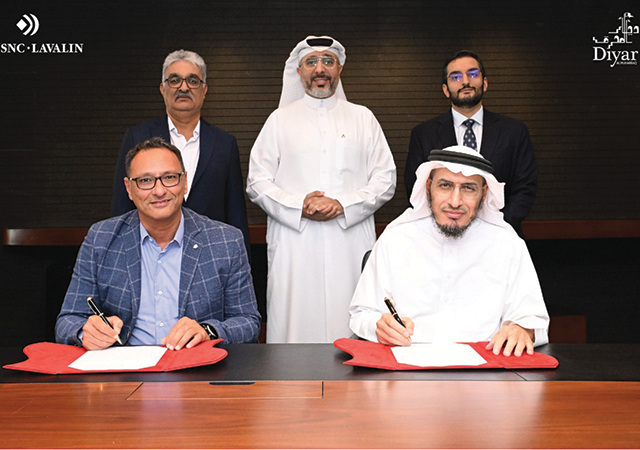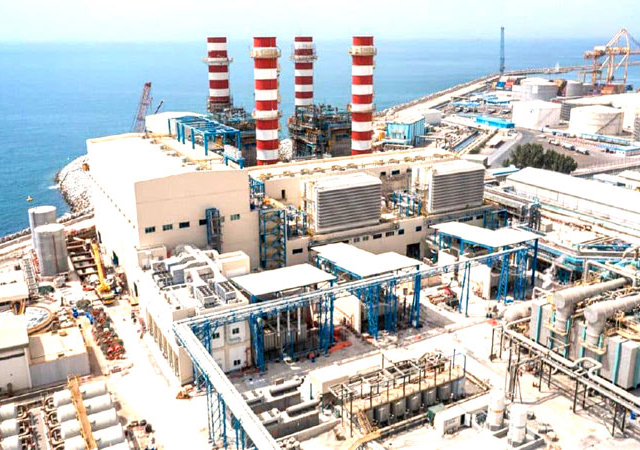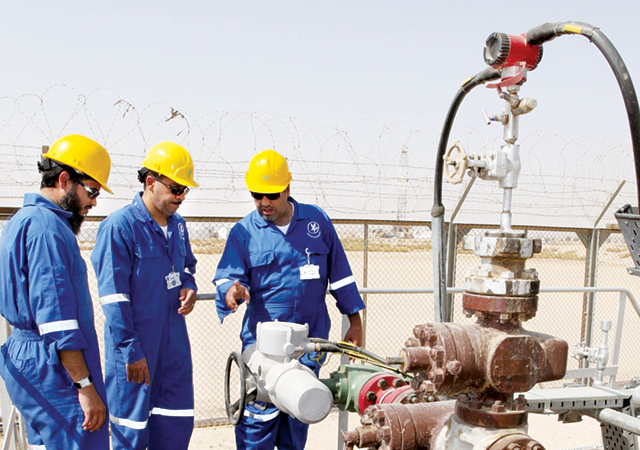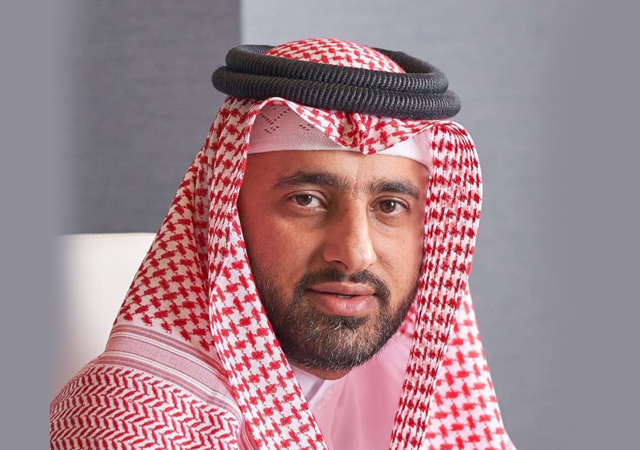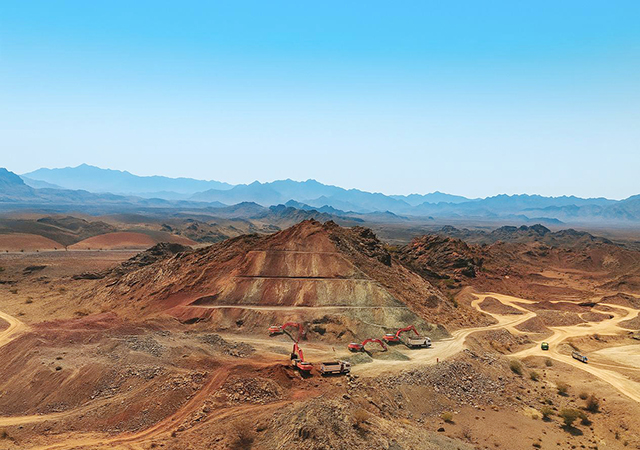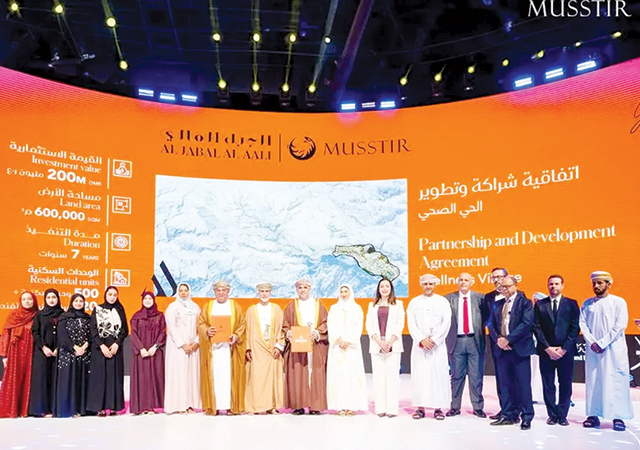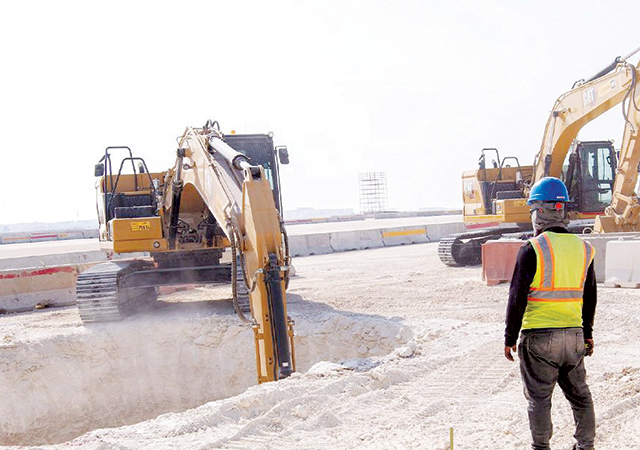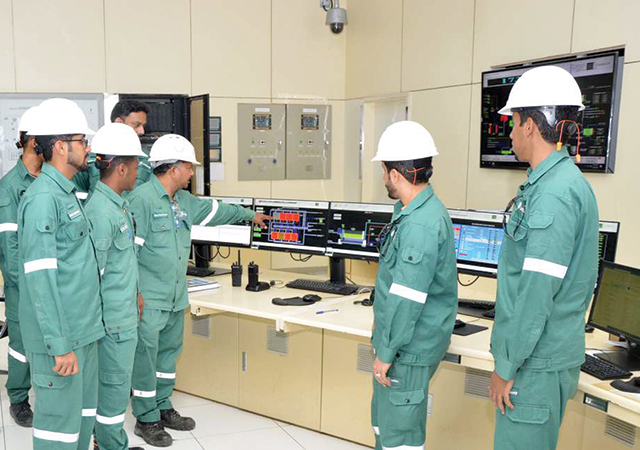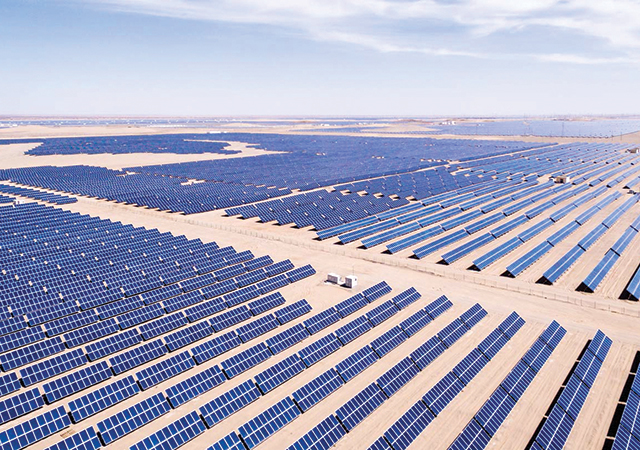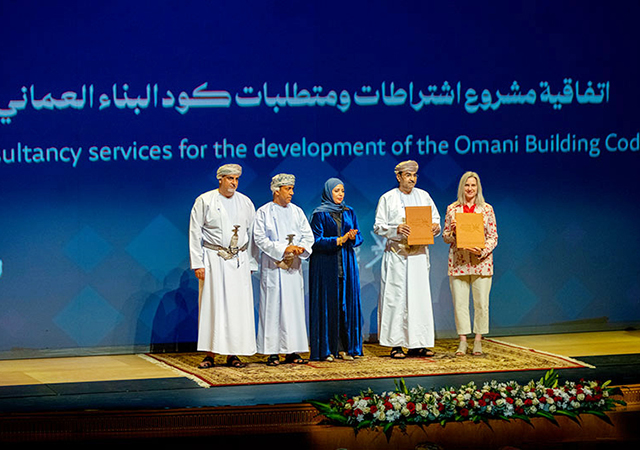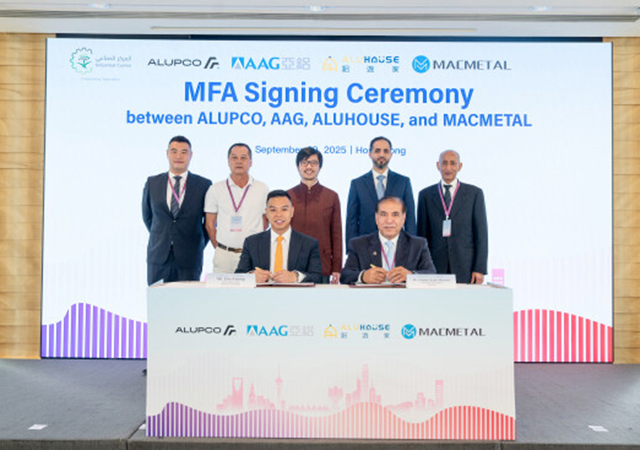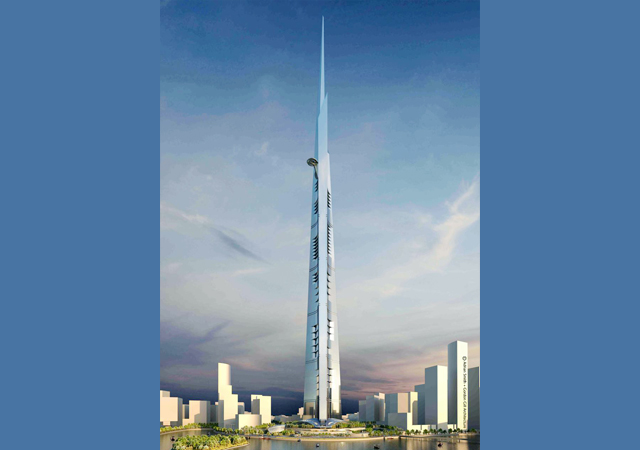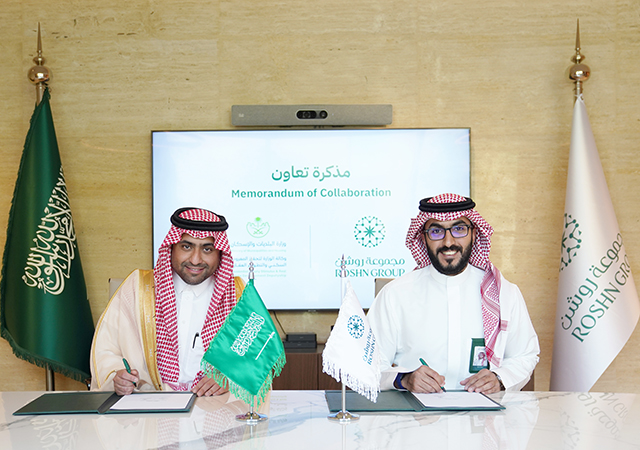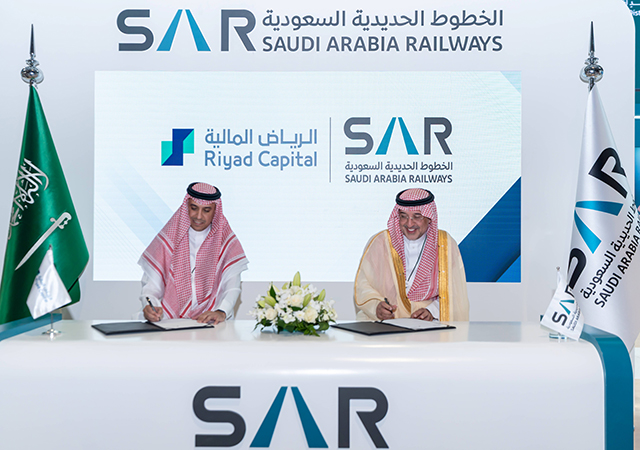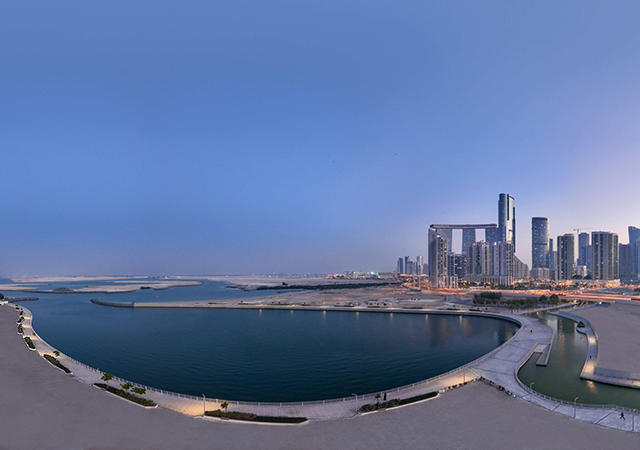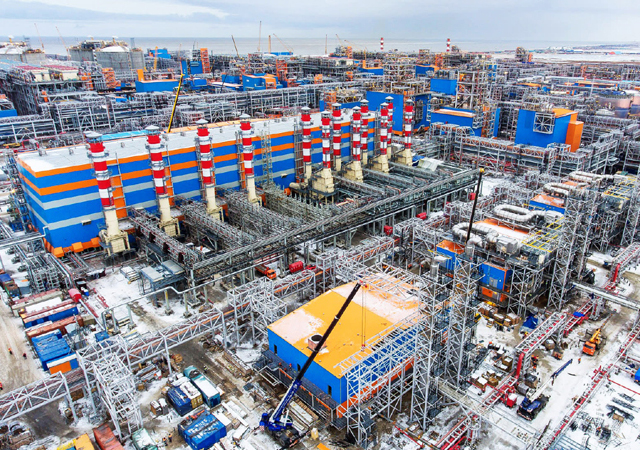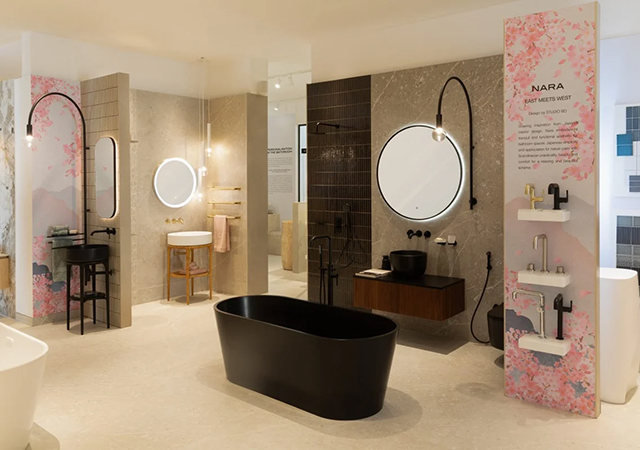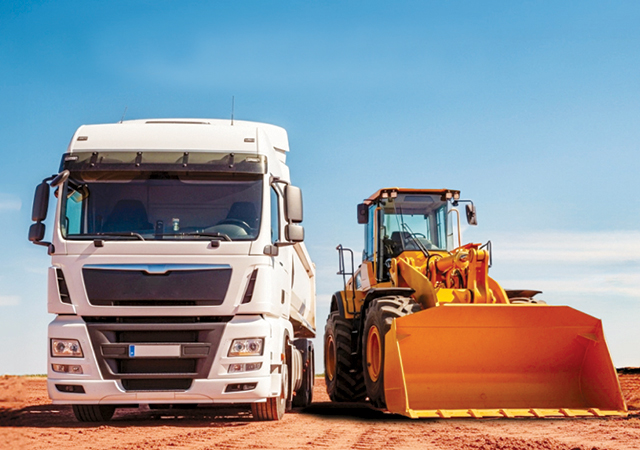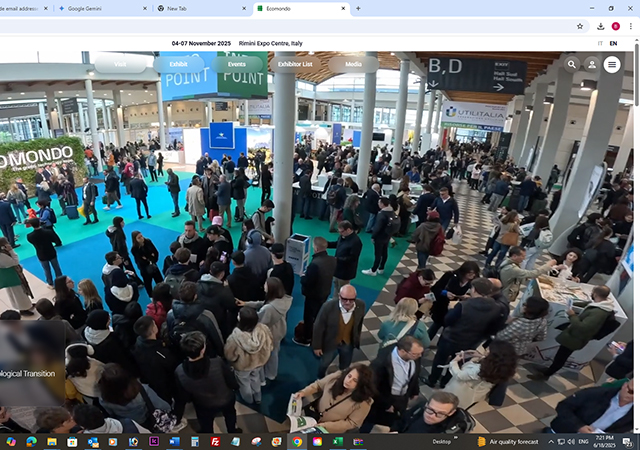
 Welding HDPE pipes with diameters of 2,500 mm in Morocco.
Welding HDPE pipes with diameters of 2,500 mm in Morocco.
HEATING element butt welding of large HDPE pipes with diameters above 1,400 mm continues to present challenges, with new solutions arrived at on a case-to-case basis. While current welder training programmes cover diameters up to 630 mm, for welding projects involving diameters above this range, different techniques are being adopted with innovative welding machines that are sometimes custom-designed to suit the application.
Butt-fusion welding of large HDPE pipes has been carried out in a number of international projects. In all these cases, suitable conditions for welding were first established often using different measures, whether the project was in Germany, Peru, Japan or Morocco.
For instance, for a sea discharge line for a thermo-electric power plant in Peru, butt-fusion joints were performed with a stationary assembled welding machine for pipes with a diameter of up to 2,000 mm, using a Widos 20000 model from Widos, a German specialist in plastic welding technology which has been constantly searching for new technical solutions in this field. The welding machine was fitted with a hydraulic crane to enable better handling. The welding parameters were established in accordance with the German welding society DVS’s guidelines (2207-1).
In Morocco, PE pipes with diameters of 2,500 mm were prefabricated using a Widos butt-fusion welding machine which was steered using a joystick remote control and mounted on wheels. The heating element, hanging from a guide rail, was moved horizontally to ensure the shortest change-over times during the welding. The machine frame has a levelling guideline to prevent the machine from tipping whilst shifting its weight due to the dynamic of the movement. This also serves to align the machine, which is generally moved towards the pipe.
In Japan, Widos once again demonstrated that gigantic dimensions often require new solutions. A new butt-fusion welding machine was constructed especially for the purpose. This machine enables the welding of pipes and pipeline components with a diameter of up to 2,600 mm.
When working with HDPE pipes larger than 1,400 mm, skills learned at current welder training programmes such as the DVS training and examination programme (DVS- 2212-1) and DVGW (the German association for gas and water) standard GW330 and GW331, should be complemented by supplementary courses provided at recognised course centres such as the SKZ German Plastics Centre in Dubai, UAE, and through special seminars relating to large pipes.
 |
|
Hydrostatic pressure test on a short pipeline section. |
Welding
Prior to welding of large HDPE pipes using the butt-fusion welding technique, the welder and/or the quality personnel should first check the quality of the pipe to ensure dimensional accuracy and for any signs of damage.
To carry out the welding, a welding station is often set up for pipes larger than 1,400 mm. Here, the pipeline is moved by one pipe length after every welding joint, while the welding machine remains stationary. As large pipe projects take weeks and sometimes even months to complete, a welding tent or similar is usually erected to provide protection from the environmental conditions.
Another process used is mobile welding, which involves moving the welding machine from pipe to pipe after each welding joint. To prepare for the process, the pipes are laid out so that they can be welded to the pipeline successively. Widos provides butt-fusion welding machines on wheels to facilitate installation firms that use the mobile technique.
Before welding, the large HDPE pipes are usually trimmed onsite using a circular, jig, chop or chain saw suitable for cutting plastic – the more right-angled and straight the pipe is, the easier and quicker it is to plane the pipe ends in the butt-fusion welding machine. The welding area must be absolutely clean, free from oil or grease. Today, modern circular saws are available with special blades featuring additional inner knife edges which constantly remove material from the shrinking HDPE pipe and can handle wall thicknesses of up to 110 mm. They also have tensioned chains to ensure the accuracy of the cutting line without depending on the skill of the operator.
Another alternative is a mobile chop saw which, compared to hand-held chain saws, boasts improved guidance using two stabilisers and features a larger, safe clearance between operator and the saw chain.
The pipe ends are then checked, cleaned and sealed with plastic film to avoid infiltration of both dirt and air draught in the pipe during welding.
The pipes are then clamped in the welding machine in such a way as to minimise the axial displacement. While the offset of the pipe wall thicknesses may be up to 10 per cent (according to DVS 2207-1), this normally, does not pose a problem if both pipes are aligned at the same height using their marking line. Hence, it is best to select two matching pipes after measuring their outer diameter.
 |
|
Dragging the piping section. |
Quality
With industrial projects, quality control measures are usually established in consultation with the project consultant and recorded in the quality plan. Onsite test welds are then performed, with the welding process then repeated during the entire construction phase. The first test is conducted as a visual control, requiring minimal effort. The DVS guideline 2202-1 (July 2006) outlines the characteristics, description and evaluation of weld joint errors that may be encountered during welding,
Given the short time span between the test-weld and the start of construction, short-term tests are conducted such as:
• Technological bend test in accordance with the DVS guideline 2203-5 (August 1999); and/or
• Tensile test in accordance with the DVS guidelines 2203-2 (August 2010);
• Interior pressure test with water in accordance with the appropriate standard (DIN, DVGW, AWWA and others, depending on the designed use of the pipeline).
It is recommended that the welding joint is inspected by a third-party institute, such as the SKZ German Plastics Centre and not by the welder himself.
Where the nominal wall thicknesses exceed 70 mm, the welding parameters can be adapted/extrapolated on the basis of the DVS guideline 2207-1 (September 2005). The welding parameter tables for these large pipes are listed in the operating instructions for Widos welding machines, which specify the joining pressure and time for each conventional nominal wall thickness and pipe diameter of pipe. In general, it is necessary to follow the recommendation of the pipe manufacturer especially when using non-standard HDPE pipe sizes.
During butt-fusion welding – depending on the system – one side is moved axially: this can be a clamped pipe, an elbow, T-piece, stub end and a long piping section. The welding machine requires a motion force to do so. If this force is maintained low such as with a slope, two pipeline sections of several hundred metres can be joined together. In professional pipeline construction, support to this end is provided by a vertically adjustable roller stand.
 |
|
Transporting a welding machine. |
After cleaning the heating element, the pipe ends are pressed against it under contact pressure and the melted HDPE forms a bead. When working with large, thick-walled HDPE pipes, the bead on the inside of the pipe should also be checked using a torch, as the conical pipe ends can result in delaying the bead formation.
A challenge in butt-fusion welding of large HDPE pipes is the need to keep the change-over time as short as possible with the help of a hydraulic crane or a gibbet with an electrical chain or cable winch. To ensure that the welding machine is properly adjusted to the crane, Widos offers manual hydraulic units for large pipe machines that have a fast mode “turbo” button on the operating handle, which moves the machine quickly and reduces change-over time significantly.
Modern large pipe welding machines are equipped with a ‘pull-off’ device to release the heating element. It is important to ensure that the machine is first driven far enough apart so that the pull-off device can get a grip.
Documentation
The German DVS standard 2207-1 provides a format for documenting a heating element butt-welding job, to be completed by the welder.
Data logging units on manual welding machines such as Widos SPA, allow a comparison of nominal and actual values/maintenance of the welding parameters within the tolerances throughout the entire welding process, thus drawing the attention of the welder to possible errors.
Data logging is an integral part of all automated butt-fusion welding machines, such as Widos CNC, and can be supplemented with further data for the purposes of traceability.
Outlook
The nature of state-of-the-art large HDPE pipes requires the adaptation of standards and guidelines, which with experience, and based upon scientific investigation, will provide users with increased safety. Until then, operators will need to develop their own solutions to perform practical tasks in butt-fusion welding of large HDPE piping to increase efficiency and cost effectiveness.
*Bernd Klemm is a graduate engineer at the University of Applied Sciences in Germany.



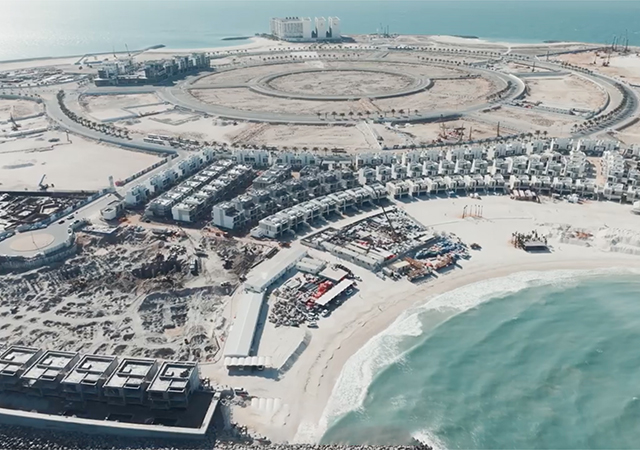

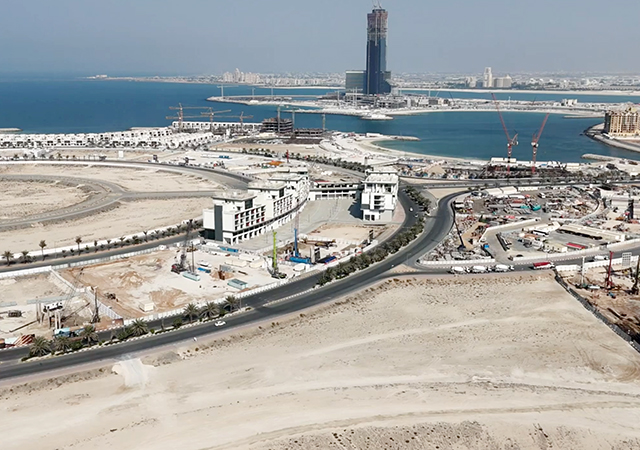


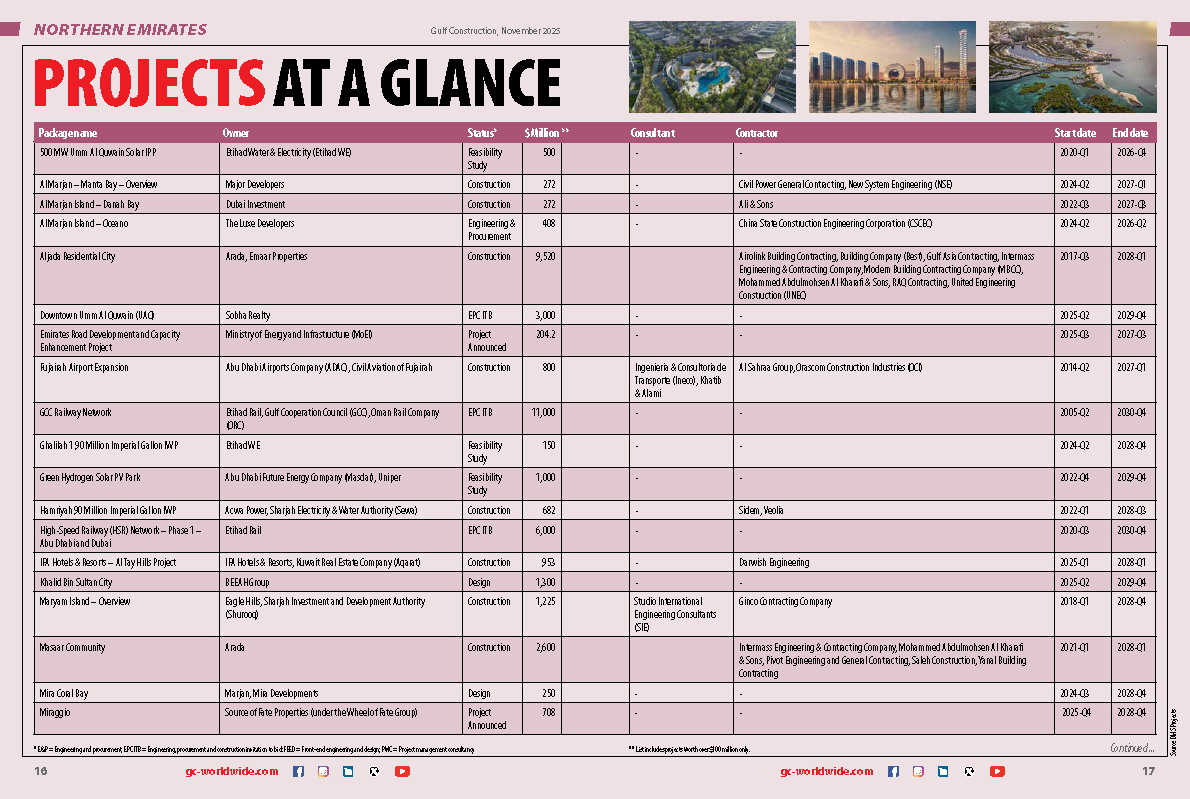




(5).jpg)
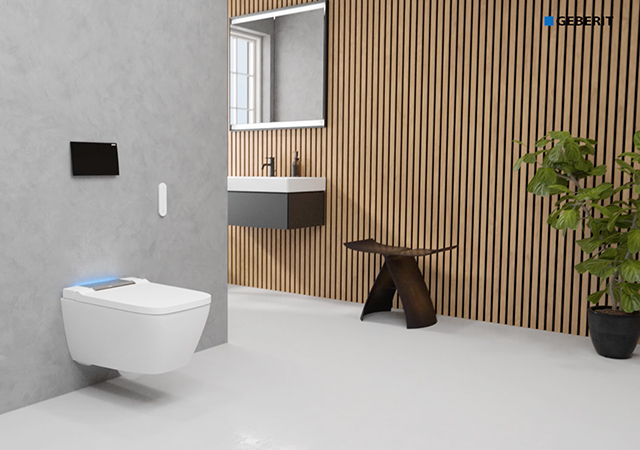




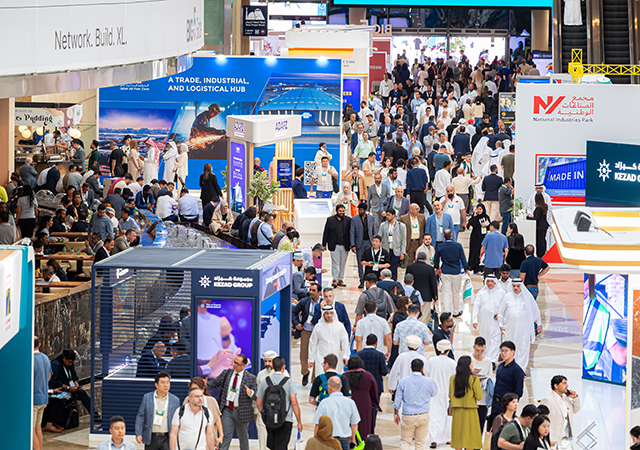
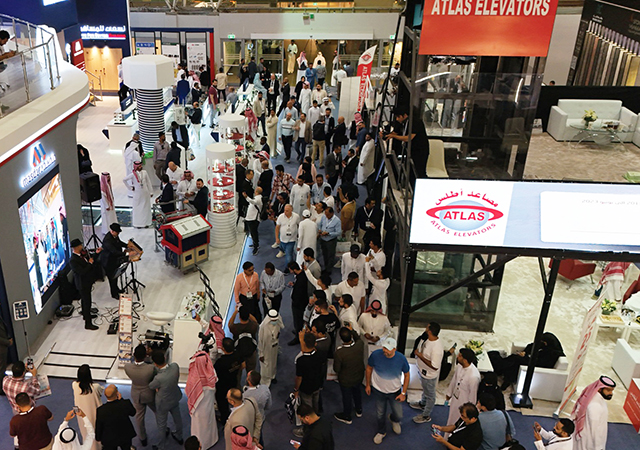

.jpg)


